Green architecture – Integer ‘INN’ eco-hotel
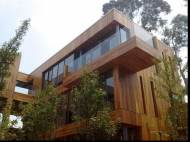 The capitol of the Yunnan Province, China, Kunming is a city developed in a highly desirable geographic location with year-round moderate temperate climate which made it known as the City of Eternal Spring. Kunming is also well known for its eco-communities and developments which make it a liable representative of the growing green architectural movement in China.
The capitol of the Yunnan Province, China, Kunming is a city developed in a highly desirable geographic location with year-round moderate temperate climate which made it known as the City of Eternal Spring. Kunming is also well known for its eco-communities and developments which make it a liable representative of the growing green architectural movement in China.
Designed by the Oval Partnership Limited, the 2,600 square-meter (28,000 square feet) Integer ‘INN’ eco-hotel (also referred as Innhouse hotel) is one of the representatives of green architectural movement in Kunming. The hotel is set on a forested hill with sweeping views of a green valley and the Kunming cityscape. It is an experimental project with four focal areas – natural preservation in EXPO region, low carbon community, lifestyle of healthy and sustainable (LOHAS), and new tourism.
The architect already made several green building structures in Kunming, and the Innhouse hotel was created in order to raise the aspirations for environmentally sensitive design and establish a benchmark for future development in the region.
It is conceived as a village for travelers, with 17 guest suites in a cluster of 4 L-shaped buildings which are linked by natural trails and courtyards on different levels which were dictated by the surroundings. Buildings are designed in a way with environment and practicality in mind with passive solutions which increase sustainability of the structures.
Leisure facilities and a restaurant are embedded into the sloping site on the edge of the eco town. Passing through a lane of bamboo into the entry court and visitor pavilion, guests first encounter the view of the green valley in the glass lobby. Integrated with a cantilevered balcony, the living spaces open directly into the surrounding greenery. The rooms at the Innhouse hotel are linked to the greenery through private terraces, courtyards and gardens.
Habitat preservation was ensured since the buildings are densely landscaped, thus enabling many of the surrounding trees to be retained. Green surfaces are further increased with usage of green turf and a living wall system. The site was built with watershed conservation in mind, and the water usage is lowered with rainwater recycling and grey water treatment and reuse.
The exterior of the buildings and the decking were built with reconstituted bamboo decking. Each building unit is composed of three masses – two wings and a semi-opened vertical circulation unit – linked by a viewing bridge-corridor. Wooden louvers and deep overhangs above the windows protect the buildings from the sun’s glare and integrate them into their surroundings in a warm and natural way.
Abundance of lighting is ensured with building orientation and with subtle lighting through a series of vertical low-e glazing windows with reconstituted timber frame. The bathrooms maintain their privacy since they are located behind a feature partition wall. The air quality is ensured with natural ventilation and a fresh air supply with heat recovery system.
Buildings also feature use of capillary tube mat heating and cooling which represents an advanced version of classic underfloor heating systems. Aside the fact the system can be used both for heating and cooling, water-carrying capillary tube mats are created out of cross-linked polyethylene (PEX), and they can be installed directly below the surface of the room’s ceilings, walls and flooring.
Aside passive solutions and highly insulated envelope with super insulated cavity wall which lower energy demands, other energy conservation techniques include a green intelligent management system which lowers the need for artificial lighting, as well as the heating and cooling needs. More savings on energy consumption ares achieved with usage of photovoltaic panels and solar thermal hot water panels.

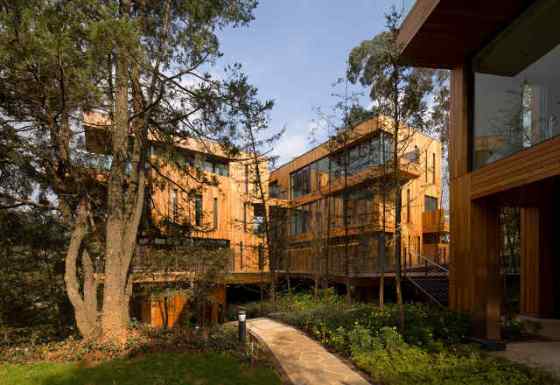
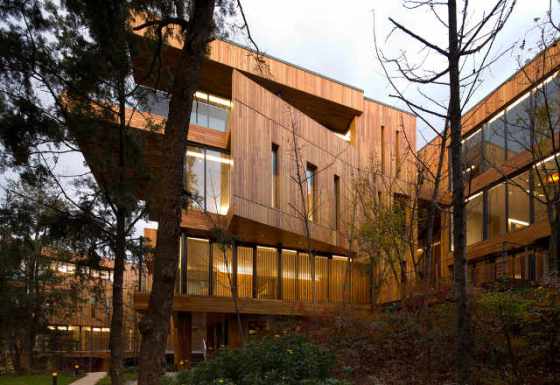
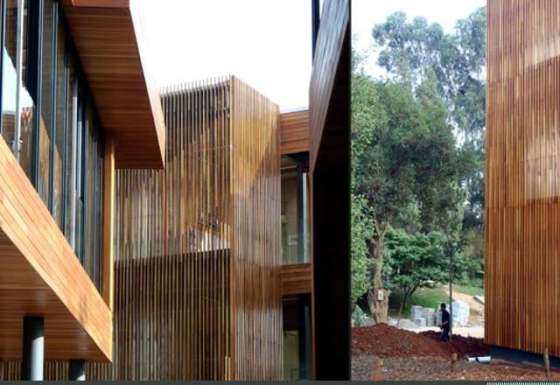
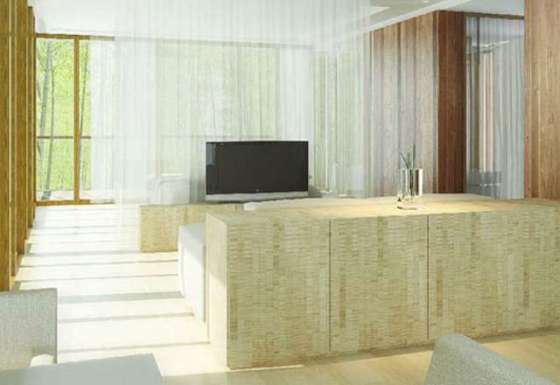








Leave your response!